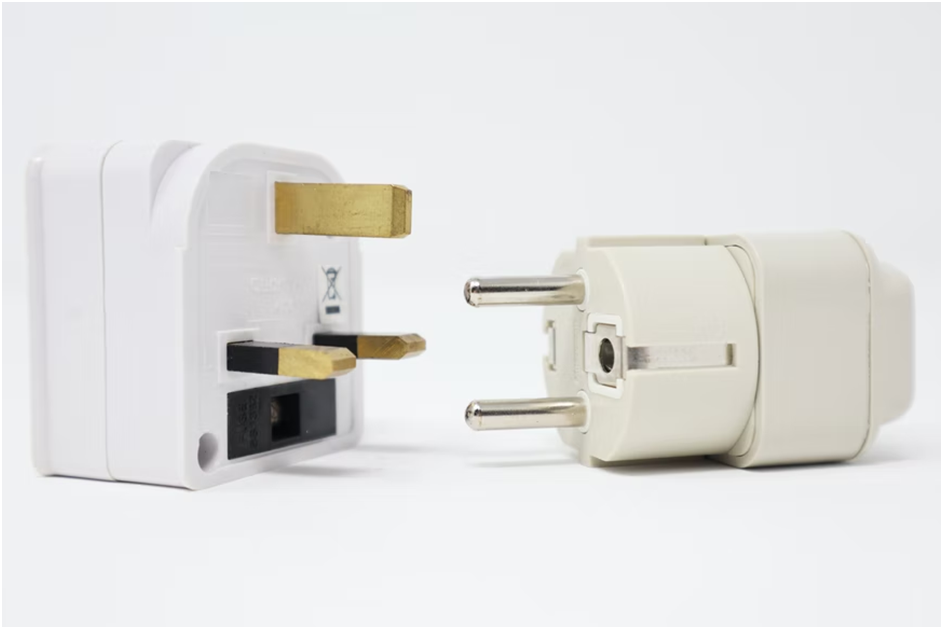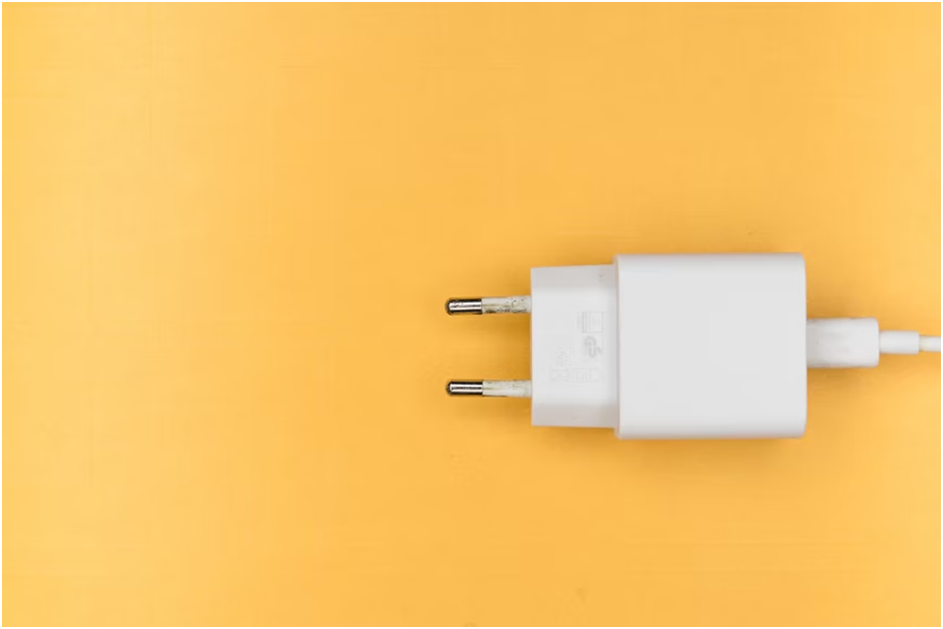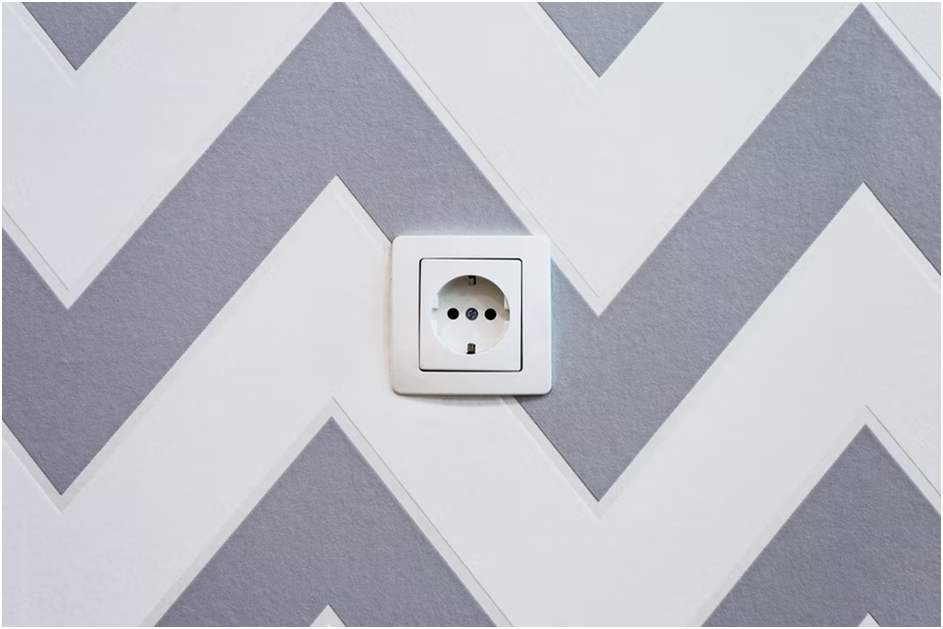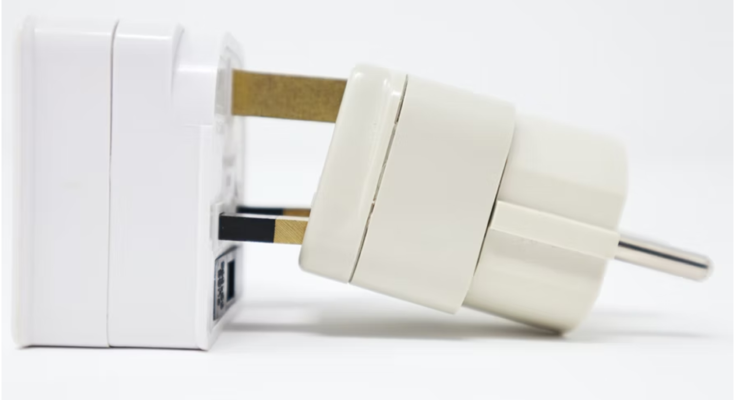https://unsplash.com/photos/Pmt3feTfcTQ
Undoubtedly, electrical appliances are among the most popular consumer goods in the world. The use of electrical devices such as refrigerators and air conditioners is necessary for everyone, whether at home or work.
Powering them can be tricky if you don’t know which plugs and connectors to use for these gadgets. Traveling abroad and discovering that your pins don’t work in the sockets is much more aggravating.
It is therefore essential to understand electrical standards and connectors, both at home and abroad, to prevent electrical hazards and keep your gadgets safe.
People in the United States often ask about nema 5-15r connectors when dealing with electrical appliances. If you’ve wondered how these connectors work, you’ve come to the right place.
What is a NEMA Connector?
There are over 350 companies in the National Electrical Manufacturers Association (NEMA) in the USA, and the organization has published over 700 standards and technical publications. While NEMA is based in the USA, its standards are used worldwide. NEMA standards cover various electrical equipment categories, including power plugs and receptacles.

https://unsplash.com/photos/nBfTARHPxiU
The NEMA 5-15r connector connects electrical devices to power outlets. The current they transport can either be alternating current (AC) or direct current (DC). However, AC is the form that is most frequently found in homes, offices, shops, and businesses. Battery-generated electricity is an example of DC.
Although we are most familiar with the two- and three-pronged connectors found in our homes, hundreds of other connectors are used in industry and worldwide. There are differences in amperage and voltage between the varieties.
The current American rating ranges from 15 to 60 amps (A), while the voltage ranges from 125 to 600 volts (V). Several permutations of connectors, plugs, and outlets are available with various blade widths, shapes, placements, and sizes. Because of their varied dimensions, it is impossible to interchange connectors with different voltages, current capacities, and groundings.
The NEMA standards are followed by every manufacturer in the US, which has led to consistency across the board. According to the NEMA standardization system, their amperage and voltage determine pin positions for plugs and receptacles.
There are two types of NEMA connectors: locking and non-locking. They can be distinguished by plugs that work with them. A locking connector uses pins with curved blades locked in place by turning them after insertion.
Typically, these connectors are used in industrial and commercial settings. There are still midget or tiny locking NEMA connectors marked with the letter “ML,” nevertheless. Therefore, NEMA 5-15 connectors can either be locking or non-locking.

https://unsplash.com/photos/tzfD-clzUTU
In addition to their locking system, NEMA connectors may also be grounded or ungrounded. Grounding means that excess power is diverted away from your appliances, preventing power surges and overloads.
Plugs that aren’t grounded have two pins, while grounded plugs have three pins. The ground pin is situated above the two to prevent metal objects from coming into contact with the hotline.
How the NEMA Connector Works
The NEMA connector can handle voltages up to 125 volts. The voltage rating and configuration are indicated by the number “5”. However, you’ll need to use a different configuration than the common NEMA 5-15, such as the NEMA 6-16, if you wish to use a US plug at 250 volts.
Countries that haven’t yet standardized their power rules, such as the Philippines, use NEMA 5-15 at 220 volts. This, however, requires extreme caution. Usually, the connector’s complete name gives its rating, which is indicated by the plug and socket pattern’s name. Therefore, every number and letter is crucial to the operation of the connector.
The first digit indicates voltage rating: “1” stands for 125-volt, Class II rating (ungrounded), “5” stands for 125-volt, Class I rating (grounded), and “6” stands for 250-volt, Class I rating (grounded). The following number indicates the amperage rating. Typically, it ranges from 15 to 60 amps.

https://unsplash.com/photos/67FG6zD8WPQ
Furthermore, you will see two letters – one before and one after the numbers. This indicates whether the cord connects to a receptacle or a plug. Thus, P = plug and R = receptacle.
Locking settings are indicated by the first letter, typically an “L.” In the case of 5-15R, it implies a 125V, Class 1, 15A receptacle; L5-15P implies a locking, 125V, Class 1, 15A plug. The same applies if you see “1-60R” or any other NEMA standard combination.
Bottom Line
Because there are so many different power plug and receptacle layouts, there is a lot of freedom when specifying electrical systems. There is, however, a greater likelihood of choosing the incorrect connections for an application when there are several possibilities available. By collaborating with skilled electrical design experts, you may ensure your electrical installations are property-specific.
An electric gadget can be connected to a power source using any electrical connection. However, this can be either a direct current or an alternating current power outlet since electrical power connections can transport both AC and DC. But there are established guidelines that specify which plugs work with which connections. You’ll need to purchase plug adapters and equipment with standard ratings of 15 to 60 amps and voltages between 125 and 600 volts if you’re traveling to the United States from a country with a different set of connections. When traveling overseas, the same holds true.
Guest Post Service By www.guestarticlehouse.com




